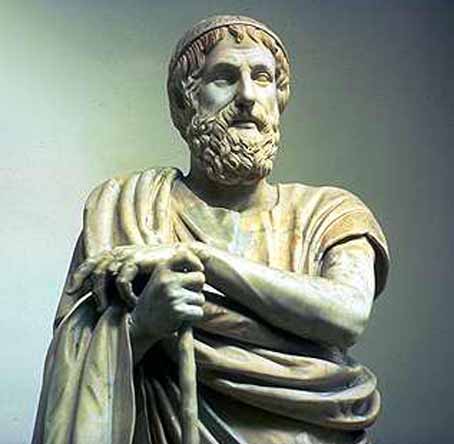
Greek Architecture would have far reaching and lasting effects and many actions to come since its inception. If you look around at architecture seen through banks, office buildings, churches, and museums, you are almost sure to see some aspect the derived from the Greek form of architecture many years ago. It has been copied, emulated, and admired for many centuries and is still viewed as a classical form of architecture ad design as well as great aesthetic beauty in many forms.
There were three main styles or “orders” in Greek Architecture, which consisted of Ionic, Doric, and Corinthian. These three main designs were most commonly portrayed through the construction of Greek marble columns, which were by far the most prominent structure in their architecture. Their names were used by the Greeks and also reflected their beliefs pertaining to these styles, which descended from the Ionian and Dorian Greeks from the Dark Ages. These styles were so important that it not only made Greek art original, but played a significant role in changing art for those who preceded them. The Ionic style originally evolved in Ionia on the eastern shore of the Aegean Sea. This type of column was very elegant and had a scroll- like design, also known as a volute. Ionic columns normally stand on a base which separates the shaft of the column from the styobate, or platform. The capital of the Ionic column has characteristic paired scrolling volutes that are laid on the molded cap that springs from within it. The cap being the most elaborate detail, was usually very enriched, and just as the vital volutes lied in a single plane that was angled at the corners. This brought both uniqueness and originality to the detailed Ionic columns, which were to be admired and emulated throughout time.
The Doric “order” was the earliest style developed of the prominent three. It originated in the 7th and 8th centuries, reaching its apex in the 5th century. Because of its appearance, these columns were most commonly built on the outside of churches and public meeting places. In their original Greek version, Doric columns stood directly on flat pavement of a temple. Its exterior can be described as having parallel grooves that run from the top to the bottom of the columns. They were topped with a square- cut piece of marble that intersected with the vertical grooves.
The Corinthian column, the most elaborate of the three columns, was the most seldom used in Greek Architecture. This type of column has a ring- like molding, or banding beneath it at its base. Preceding its vertical indentions that characterize the Greek columns, it has elaborate designs at the top. Some of which included bellflowers and leaves that were decoratively carved. These detailed columns can also be seen in many prominent buildings such as the Flavian Amphitheatre and the Coliseum.
If some of these elements look familiar, it is because they have been passes in to the vocabulary of Western Architecture and form part of the basis of the style referred to broadly and known as classical. For centuries banks, museums, universities, government buildings, and churched have been built using the elements and style first designed and named by the Greeks.(Getlein 314)
The Greeks not only designed and executed the art of building beautiful columns, but also created them in such a way that has had a profound effect throughout the ages. Many of the styles have been reproduced and copied by some of what the modern day audiences would class as some of the finest architecture. Greek architecture was of great importance because the immense majority tell the timeless stories of gods, heroes, events, and the Greek culture in general. Many people even in today’s modern times copy the revered style as a sign of respect. They have depicted the famous architecture that truly changed the way art was viewed by the nations that followed.
The significance of Greek architecture as it relates to the history of Western civilization is of great importance and lasting substance. The Greeks were responsible and are to be credited with some of the most continuing themes, styles, viewpoints, and approaches to architecture that have engrained themselves throughout Western civilization.




